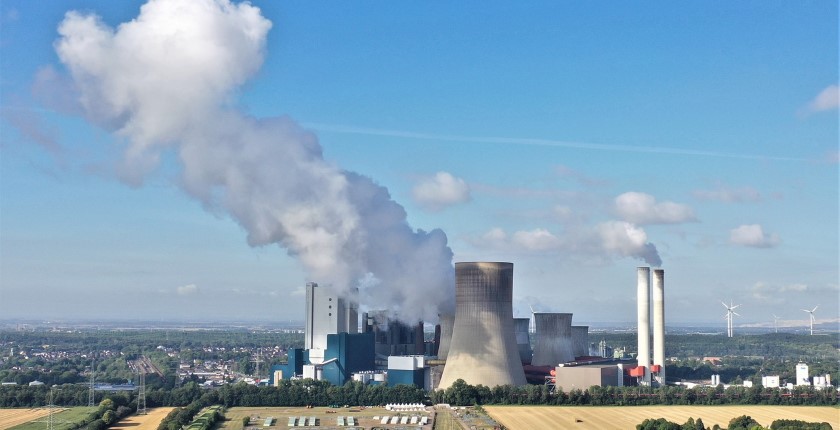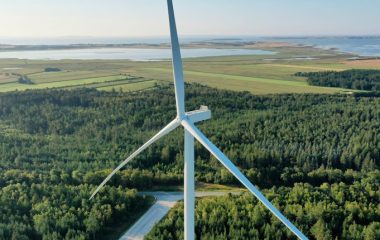
Grunzibaer from Pixabay
Expenses for emitting carbon climbed to a record of almost EUR 61 per ton in the European Union as power producers are struggling to obtain gas from Russia and wind has weakened.
Trading in carbon dioxide certificates within the European Union’s Emissions Trading System – EU ETS was slow in today’s session, which intensified price swings. The value of permits for CO2 and its equivalents in the context of global warming was on track to close at a record level for the second time in a row, according to data from the ICE Endex energy exchange.
The benchmark contract, for settlement in December, spiked to just three cents under EUR 61 per ton. In the previous trading session, before the weekend, it finished at EUR 59. The scheme was introduced in 2005. The price climbed 85% since the start of the year. In December it topped EUR 31 per ton on a closing basis for the first time.
Gas shortage alters game
Controversies over the Nord Stream 2 gas pipeline and dominantly the opposition by the United States led to disturbances in deliveries from Russia to European storage facilities ahead of the heating season. An apparent breakdown in one of the largest pipeline systems on the Russian side prompted a rush in buying orders for the fossil fuel.
Disputes surrounding the Nord Stream 2 pipeline between Russia and Germany are fueling a new gas crisis
Electricity producers and operators of district heating systems in Europe are attempting to avoid a crisis such as those that have erupted during the first decade of the century because of disputes between Russia and Ukraine. In the past few months, some reserve coal-fired facilities were activated in the EU as the summer heat boosted the demand for power for cooling purposes.
Wind and solar power capacities aren’t developed enough to prevent such spikes. On the other hand, fossil fuel use implies CO2 emission permits, but the EU is reducing their number, so the setting favors price growth.
Rapid economic recovery causes glitches in power supply
Power prices in Germany and Spain are hitting record levels. Another important factor is the abrupt economic recovery after shutdowns caused by measures to curb the expansion of the coronavirus, resulting in disruptions as producers and suppliers can’t meet the electricity demand.
On top of that, in a large part of Europe and especially Germany, analysts expect a significant drop in wind strength, so the dynamics are shifting from the renewables part of the market to fossil fuel facilities.









Be the first one to comment on this article.